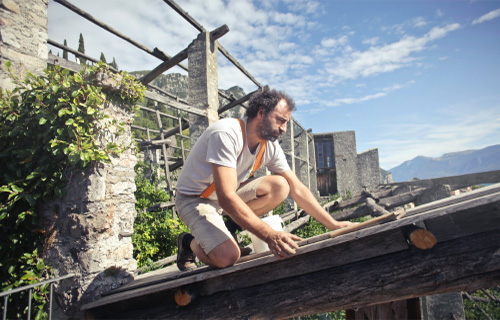Roof installation is the process of placing a new roof onto a building or replacing an existing roof that has become old or damaged. A roof installation project involves several steps, including planning, material selection, and the actual installation process.
The first step in a roof installation project is the planning phase. This involves determining the type of roofing material to be used, the cost of the materials, and the timeline for completing the project. The planning phase also involves selecting a reputable roofing contractor to carry out the installation.
The second step in a roof installation project is selecting the appropriate roofing materials. There are many different types of roofing materials available, including asphalt shingles, metal roofing, tile roofing, and more. Each type of roofing material has its own benefits and drawbacks, so it’s important to select the one that best meets your needs and budget.
The actual installation process involves several steps, including preparing the roof surface, installing the underlayment, laying the roofing material, and completing the finishing touches. The installation process can take several days or even weeks, depending on the size of the roof and the complexity of the project.
A professional roofing contractor should be hired for roof installation projects to ensure that the installation is done correctly and safely. The contractor should have experience and expertise in the specific type of roofing material being installed, as well as the necessary equipment and tools to complete the project.
In summary, roof installation is a complex process that requires careful planning, material selection, and the expertise of a professional roofing contractor. With proper planning and execution, a new roof installation can greatly enhance the appearance and functionality of a building, while providing long-lasting protection from the elements.


